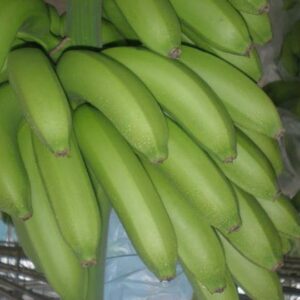Description
Description for Neem Tree
Neem trees are attractive broad-leaved evergreens that can grow up to 30 m tall and 2.5 m in girth. Their spreading branches form rounded crowns as much as 20 m across. They remain in leaf except during extreme drought, when the leaves may fall off. The short, usually straight trunk has a moderately thick.
strongly furrowed bark, The roots penetrate the soil deeply, at least where the site permits, and, particularly when injured, they produce suckers.This suckering tends to be especially prolific in dry localities.Neem can take considerable abuse. For example, it easily withstands pollarding (repeated lopping at heights above about 1.5 m) and its topped trunk resprouts vigorously. It also freely (repeated lopping at near-ground level). Regrowth from both pollarding and coppicing can be exceptionally fast because it is being served by a root system large enough to feed a full-grown tree.
Planting and care
Fill a pot or flat with soil, then water well. Place the neem seeds on top of the damp soil and cover with just enough soil so that the seed is no longer visible. You don t need to water again until the soil is dry at least an inch deep. The easiest way to kill a neem seedlings – or tree – is to overwater
Caring for Neem Tree
- The Neem grows on almost all types of soils including clayey, saline and alkaline soils, with pH upto 8.5, but does well on black cotton soil and deep, well-drained soil with good sub-soil water.
- Unlike most other multipurpose tree species, it thrives well on dry, stony, shallow soils and even on soils having hard calcareous or clay pan, at a shallow depth.
- The tree improves the soil fertility and water-holding capacity as it has a unique property of calcium mining, which changes the acidic soils into neutral.
- Neem tree needs little water and plenty of sunlight.
- The tree grows naturally in areas where the rainfall is in the range of 450 to 1200 mm.
- However, it has been introduced successfully even in areas where the rainfall is as low as 200 – 250 mm.
- It cannot withstand water-logged areas and poorly drained soils.
- Neem makes land more fertile
- The Neem grows slowly during the first year of planting.
- Young neem plants cannot tolerate intensive shade, frost or excessive cold.
- A Neem tree normally begins to bear fruit between 3 and 5 years and becomes fully productive in 10 years.
Typical uses of Neem Tree
Special features:
Culinary use: Leaf
Delivery: With in one day
Any questions, feel free contact us:






Reviews
There are no reviews yet.